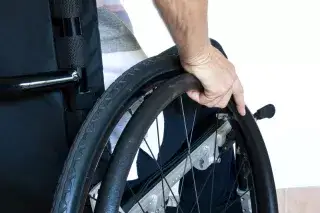Explore Munich by U-Bahn, bus, car or bike
Getting around in Munich: Ways of transportation
You can explore Munich via different ways. Asides using your car or your bike, the state capital has an excellently-developed public transport network
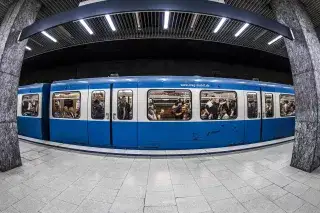
More actions
U-Bahn (underground): Stops at all the important places
The U-Bahn (underground train) in Munich stops at almost all the important places in the metropolitan area. Its stations can be recognized by their blue 'U' signs. The trains mostly travel underground, but sometimes aboveground and is not inhibited by traffic - unlike the tram or the bus.
In order to use the U-Bahn, you need a valid ticket and you need to know where to get on or off. It's best to refer to the schedule to help work this out - it also tells you the ticket price of your journey. Important: No U-Bahn trains run from 1-4 am (Monday to Friday) and from 2-4 am (Saturday and Sunday).
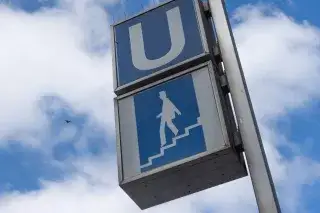
Straßenbahn (tram): Streetcars in Munich
You will spend more time traveling by tram than by U-Bahn (underground train), as the tram stops more frequently. Trams also run through many areas with no subway connection. The tram is unique at night. If the tram line has an 'N' (for example, 'N16' instead of '16'), it means it is a night tram and runs even when the U-Bahn is closed. Since the streetcar runs above ground, the lines in the city center are also suitable for sightseeing.
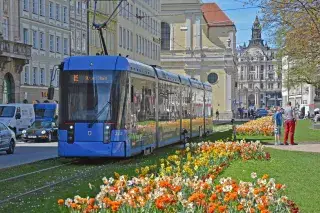
S-Bahn (aboveground city railway): 8 Lines for quick traveling
In contrast to the U-Bahn, tram and bus, the S-Bahn is not run by the MVG (Munich Transport Company), but instead by Deutsche Bahn AG. But other than the red color, nothing else is different for passengers. With a valid ticket, you can use the S-Bahn without any restrictions. The eight S-Bahn (aboveground city railway) lines travel to hotspots like the Hauptbahnhof, Karlsplatz (Stachus), Marienplatz and Ostbahnhof as well as to places outside of the city like Freising in the north or to the lake district in the south. The S1 and S8 lines go to Munich Airport.
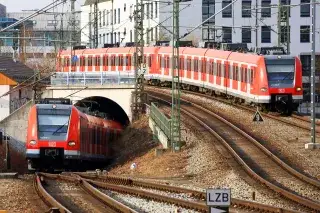
Bus: Reach every destination in the city
The buses are split into three categories: Metrobuses - with two-digit route numbers and connects the large transport hubs in different parts of the city; City buses - with three-digit route numbers and only runs within a single area of the city and connect to areas without much bus connections; Haidhausen, Giesing and Sendling are served by the Expressbus (Route X30). All of the buses that MVG (Munich Transport Company) has put into operation in recent years are adapted to the needs of the disabled and have particularly low-pollutant engines with soot filters.
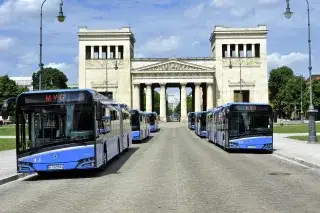
Car: Tips for driving in Munich
The Mittlere Ring (Munich ring road) is the city’s main traffic artery. If you are trying to drive in rush-hour traffic, you may need to be patient. Cars often only inch forward bumper to bumper. The environmental zone is located within the Mittlere Ring. Only cars with green emissions stickers are allowed to drive there. If you would like to park your car in the city, it is best to drive to one of the 24 car parks or the various parking zones in the boroughs. If you are driving from outside the city limits with your car and then using public transport, then the Park+Ride spaces are a good alternative.
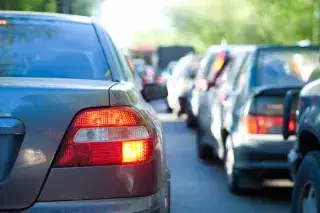
Taxi: What you need to know about cabs
With approximately 2.5 taxis per 1,000 inhabitants, Munich has the highest density of taxis in Germany. So you can conveniently get into a taxi at any corner – either by waving from the roadside, at one of the numerous taxi stands or by phoning one of the Munich taxi companies. However, travelling by taxi is not exactly a bargain in the state capital.
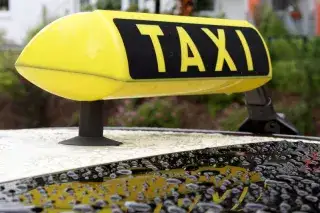
Bicycle: The easiest way of getting around
Cycling is healthy, fun and is often the easiest way of getting around Munich. The cycle paths are continuously being extended. The distances between point A and B are usually not much. If you want more detailed information, the bicycle route planner allows you to find various routes to your destination. If you haven't got the right means of transport, there are plenty of options to hire a bike.
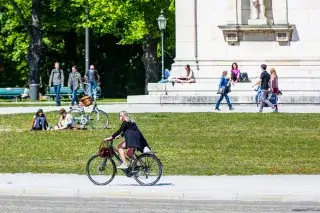
By foot: Start at Marienplatz
f you want to explore the city on foot, you can reach the most important points in the city centre within a short time. For many, Marienplatz is the central starting point. From there, it is only a few hundred metres to the city’s landmark, the Frauenkirche cathedral. Heading further west, the pedestrian area leads through to Karlsplatz, which is called ‘Stachus’ by the locals. You can truly feel the pulse of the city around the traditionally popular Stachus fountain.
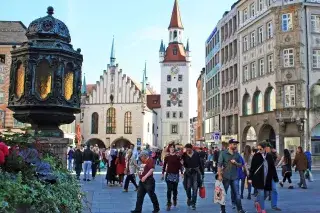
Visitors with disabilities
Munich warmly welcomes tourists with disabilities. For deaf people, there is a special tour guide that includes different routes. This lets you experience the charms of Munich with a tour of Marienplatz, the Alter Hof and past the State Opera. There are accessible toilets in the centre, and in the city centre many of the traffic lights have additional features for blind people. If you have a valid stamp in your disabled person’s pass, then you can use the MVV (Munich's association of public transport authorities) for free.
